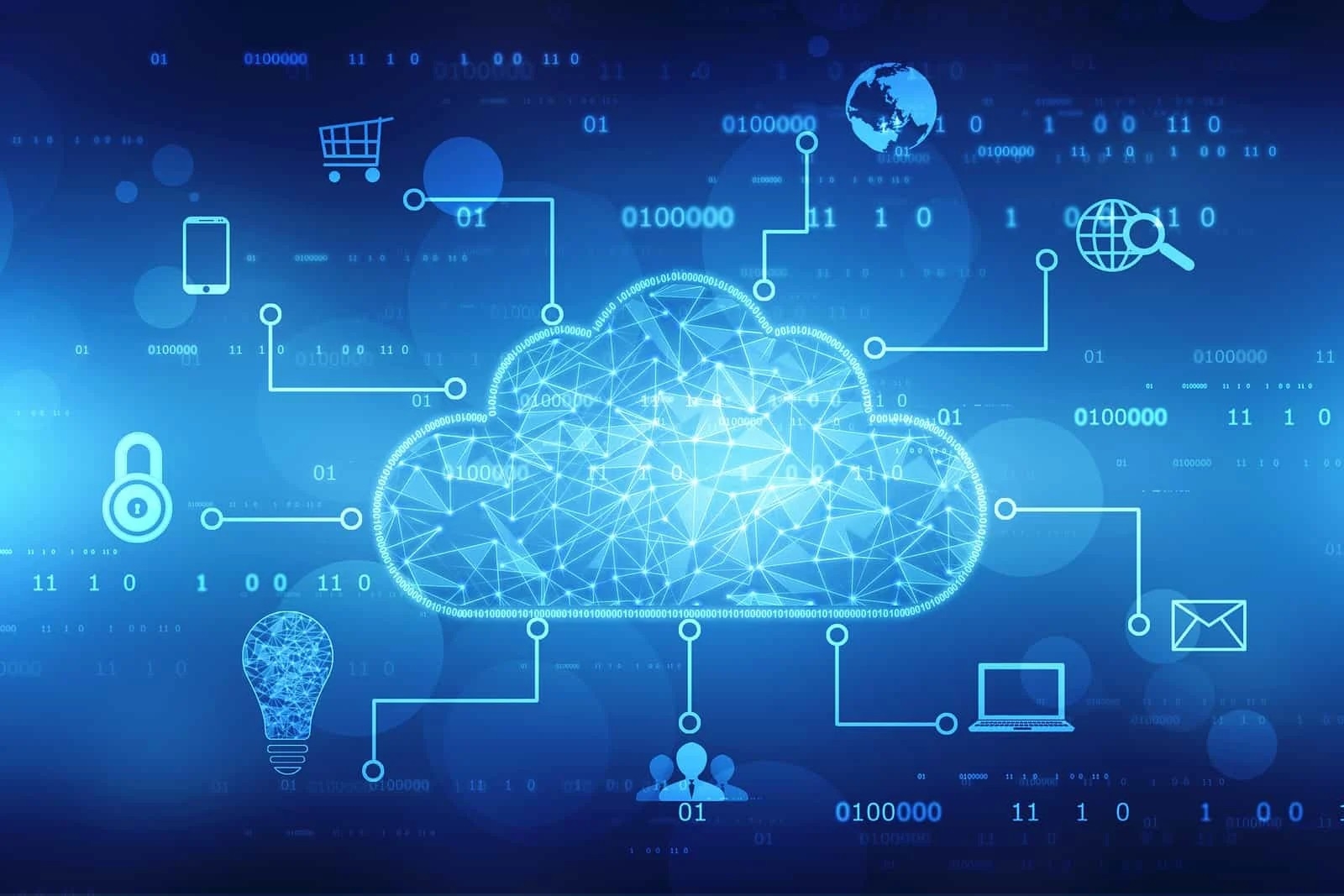IoT Platforms: Features and Comparison

The rapid growth of the Internet of Things (IoT) has ushered in an era where devices are interconnected to streamline operations, enhance productivity, and drive innovation across various sectors. Central to this revolution are IoT platforms, which serve as the backbone for managing and deploying IoT solutions. These platforms provide the necessary tools and services to connect, manage, and analyze data from IoT devices. This article explores the key features of iot platforms and offers a comparison of some of the leading platforms in the market.
Understanding IoT Platforms
IoT platforms are integrated software solutions designed to facilitate the deployment, management, and optimization of IoT devices and applications. They provide a cohesive environment where devices can communicate, data can be analyzed, and insights can be generated to drive decision-making processes. Here are the core features of IoT platforms:
Key Features of IoT Platforms
-
Device Management
- Onboarding and Configuration: IoT platforms offer tools to easily onboard and configure a wide array of devices, ensuring they are properly connected and operational.
- Monitoring and Diagnostics: Continuous monitoring and diagnostics help in maintaining device health and performance, minimizing downtime and maintenance costs.
-
Data Management
- Data Collection: Efficient data collection mechanisms from various devices ensure seamless data flow into the platform.
- Data Storage and Processing: Scalable storage solutions and powerful processing capabilities enable the handling of vast amounts of data generated by IoT devices.
-
Connectivity
- Protocol Support: IoT platforms support multiple communication protocols (e.g., MQTT, CoAP, HTTP) to ensure seamless device connectivity.
- Network Management: Comprehensive network management features ensure reliable and secure communication between devices and the platform.
-
Security
- Authentication and Authorization: Robust authentication and authorization mechanisms protect against unauthorized access.
- Data Encryption: End-to-end encryption ensures that data remains secure during transmission and storage.
-
Analytics and Insights
- Real-time Analytics: Real-time data analytics provide immediate insights into device performance and operational metrics.
- Machine Learning Integration: Advanced analytics powered by machine learning algorithms enable predictive maintenance, anomaly detection, and other intelligent insights.
-
Integration and Scalability
- API Support: Comprehensive API support allows for seamless integration with other enterprise systems and applications.
- Scalability: IoT platforms are designed to scale with the growing number of connected devices and data volume.
Comparison of Leading IoT Platforms
Now, let's compare some of the leading IoT platforms available today: AWS IoT, Microsoft Azure IoT, Google Cloud IoT, and IBM Watson IoT.
AWS IoT
Features:
- Device Management: AWS IoT provides robust tools for device onboarding, management, and secure communication.
- Data Analytics: Integrates with AWS services like Lambda, S3, and Kinesis for powerful data analytics and processing.
- Security: Offers end-to-end security features, including mutual authentication, data encryption, and fine-grained access control.
Pros:
- Highly scalable and flexible.
- Extensive integration with other AWS services.
- Strong security features.
Cons:
- Can be complex for beginners due to the extensive range of services.
Microsoft Azure IoT
Features:
- Device Management: Azure IoT Hub offers comprehensive device management capabilities.
- Data Analytics: Utilizes Azure Stream Analytics, Power BI, and Azure Machine Learning for deep insights.
- Security: Provides robust security mechanisms, including identity registry, device authentication, and data encryption.
Pros:
- Strong enterprise integration, especially for organizations already using Microsoft services.
- Excellent support for analytics and machine learning.
Cons:
- Pricing can be high for large-scale deployments.
Google Cloud IoT
Features:
- Device Management: Google Cloud IoT Core facilitates easy device management and real-time data collection.
- Data Analytics: Integrates with BigQuery, Dataflow, and AI Platform for powerful data analysis and machine learning.
- Security: Focuses on device authentication, data encryption, and access management.
Pros:
- Strong data analytics and machine learning capabilities.
- Scalable and reliable infrastructure.
Cons:
- Smaller ecosystem compared to AWS and Azure.
IBM Watson IoT
Features:
- Device Management: Provides tools for device connectivity, management, and monitoring.
- Data Analytics: Leverages IBM’s AI capabilities for advanced analytics, predictive maintenance, and cognitive insights.
- Security: Ensures data security through authentication, encryption, and compliance with industry standards.
Pros:
- Strong focus on AI and cognitive analytics.
- Comprehensive suite of tools for enterprise IoT solutions.
Cons:
- Can be complex to integrate with non-IBM systems.
Conclusion
IoT platforms play a pivotal role in the successful deployment and management of IoT solutions, offering a wide range of features from device management to advanced analytics. Choosing the right platform depends on specific organizational needs, existing infrastructure, and the scale of deployment.
AWS IoT, Microsoft Azure IoT, Google Cloud IoT, and IBM Watson IoT are among the top platforms, each offering unique strengths and capabilities. AWS IoT stands out for its extensive range of services and flexibility, Microsoft Azure IoT for its strong enterprise integration and analytics, Google Cloud IoT for its powerful data analytics and AI, and IBM Watson IoT for its advanced cognitive insights.
Understanding the specific requirements of your IoT deployment and evaluating these platforms based on their features, pros, and cons will help in making an informed decision, ensuring a successful and efficient IoT implementation.
- Industry
- Art
- Causes
- Crafts
- Dance
- Drinks
- Film
- Fitness
- Food
- Games
- Gardening
- Health
- Home
- Literature
- Music
- Networking
- Other
- Party
- Religion
- Shopping
- Sports
- Theater
- Wellness
- News




